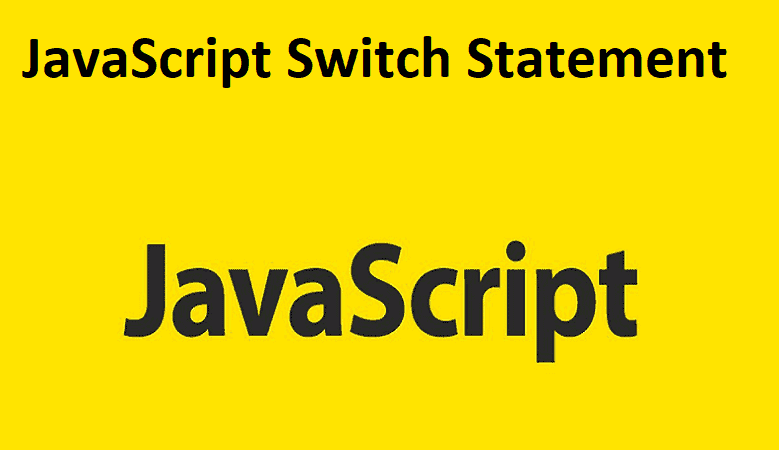Understanding JavaScript Switch Statements: Control Flow Simplified
Introduction:
In the realm of JavaScript programming, the switch statement is a powerful control flow structure that empowers you to evaluate an expression against multiple case values. This versatility allows you to execute distinct actions based on the value of the expression. In this comprehensive guide, we'll delve into the mechanics of using a switch statement in JavaScript.
Section 1: The Anatomy of a JavaScript Switch Statement
A JavaScript switch statement is a structured way to manage branching logic. Let's dissect its key components:
switch (expression) { case value1: // Code executed if expression === value1 break; case value2: // Code executed if expression === value2 break; // Add more cases as needed default: // Code executed if none of the cases match } Here's a closer look at each part:
-
expression: This represents the value or expression under scrutiny. The switch statement evaluates this expression and juxtaposes it with the values in the case clauses. -
case value1:: Each case clause signifies a possible value that the expression can match. When the expression equalsvalue1, the code within thecase value1:block is executed. If not, it proceeds to the next case clause. -
break;: The break statement serves as the exit ramp for the switch statement when a matching case is discovered. Without a break, execution continues into subsequent case clauses, even if their conditions don't align. Omitting the break leads to fall-through behavior, executing multiple cases. -
default:: The default case, often optional, acts as the catch-all. It executes when none of the case values align with the expression. Think of it as an "else" statement. A switch statement can only have one default case, and it typically resides as the last case.
Section 2: Real-World Example
Let's illustrate the switch statement with a practical example:
var day = "Monday"; switch (day) { case "Monday": console.log("It's the start of the workweek."); break; case "Friday": console.log("It's almost the weekend!"); break; default: console.log("It's a regular day."); } In this instance, if the day variable's value is "Monday," it will execute the code within the first case. For "Friday," it will execute the second case. For any other day, it will trigger the default case.
Conclusion:
Switch statements are a valuable tool when you need to evaluate multiple conditions against a single expression in JavaScript. They bring clarity and efficiency to your code. However, remember that if you have only one condition to check, employing an if...else statement is usually more concise.
Enhance your JavaScript programming skills by mastering the art of switch statements. They are a versatile addition to your coding toolbox, enabling you to streamline your control flow logic.
Meta Tags (for SEO):
- Keywords: JavaScript switch statement, control flow in JavaScript, JavaScript branching, switch statement syntax, JavaScript programming
- Description: Dive into the world of JavaScript switch statements and simplify your control flow logic. Learn how to harness this versatile feature to enhance your JavaScript coding skills.
By optimizing your article with relevant keywords, informative headings, and clear sections, you can boost its search engine visibility and cater to a broader audience interested in JavaScript programming.

